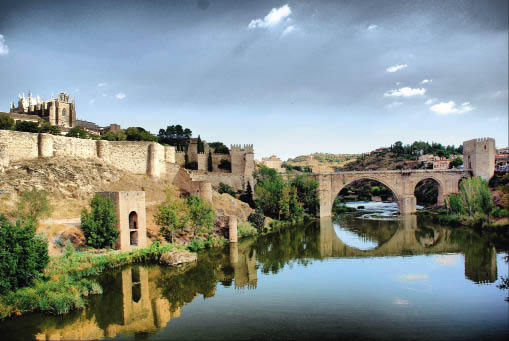Christopher Howse describes Spain as ‘the strangest place with which Westerners can easily identify’.
Christopher Howse describes Spain as ‘the strangest place with which Westerners can easily identify’. He has certainly written one of the strangest books on the country in recent years. His approach is gloriously and provocatively unfashionable. Whereas other authors on Spain today might dwell on its innovative new chefs, the modernity of Barcelona and Bilbao, the tawdry Costa del Sol, and such persistent Andalucían-based stereotypes as duende, bullfighting and Moorish sensuality, Howse has concentrated on an aspect of the country that was once no less integral to its image — its austere and spiritual side.
This is the Spain represented above all by Philip II’s uncompromisingly severe Palace Monastery of El Escorial, a monument which earlier British travellers (mainly Protestant, and anxious to denigrate Catholicism in the interests of extolling the country’s Islamic past) habitually characterised in terms of morbid religious fanaticism and intolerance. Howse, an orthodox Catholic, takes a refreshingly different view to that of his romantic predecessors, on whom he otherwise largely models himself. To him the Escorial is Spain’s most beautiful building.
His observations on Spain are based on ramblings made over a period of ‘20 or 30 years’, and focused principally on rural Castile. This is a region containing some of the most depopulated areas of Europe, with vast tracts surviving today mainly through wind farms, retirement homes and immigrant workers. Howse, though quoting impressive demographic statistics, barely conveys the reality of this world, being far more interested in the Castilian past. His comments on modern Spain seem at times to have drifted in from another era, as when he mentions, say, that ‘Spanish women can be smelly too, because their dresses are less easily laundered’.








Comments
Join the debate for just £1 a month
Be part of the conversation with other Spectator readers by getting your first three months for £3.
UNLOCK ACCESS Just £1 a monthAlready a subscriber? Log in